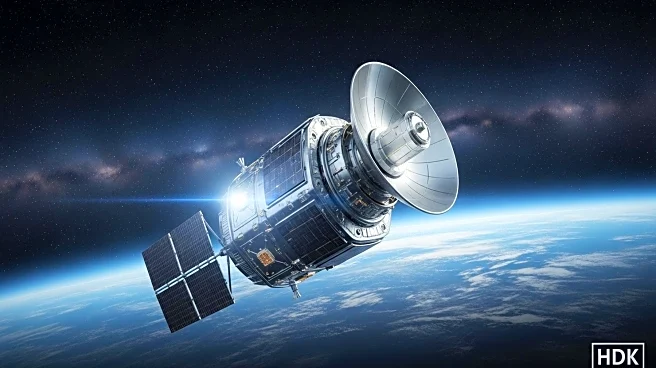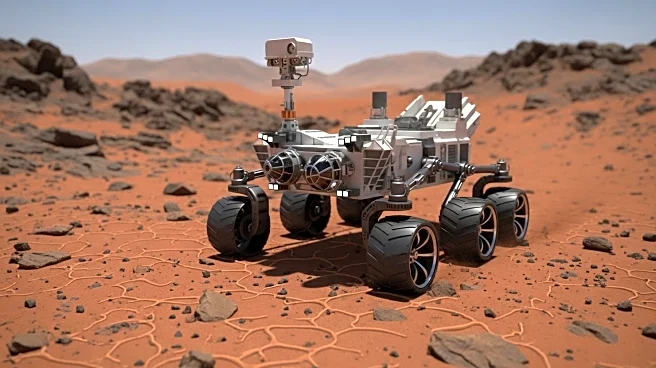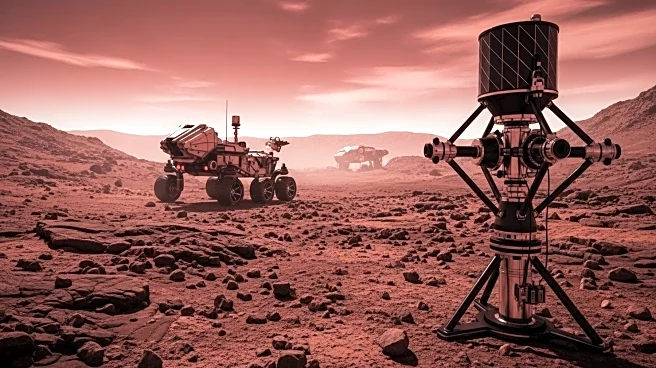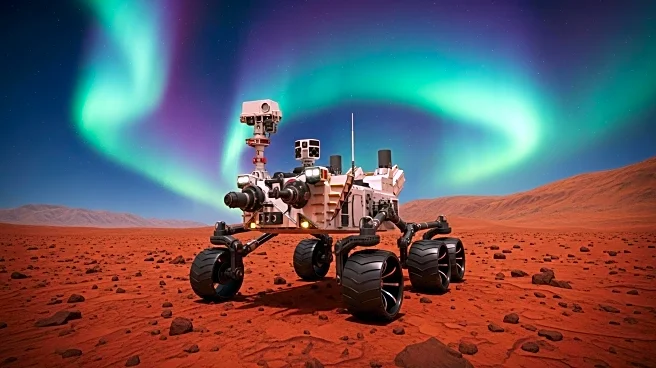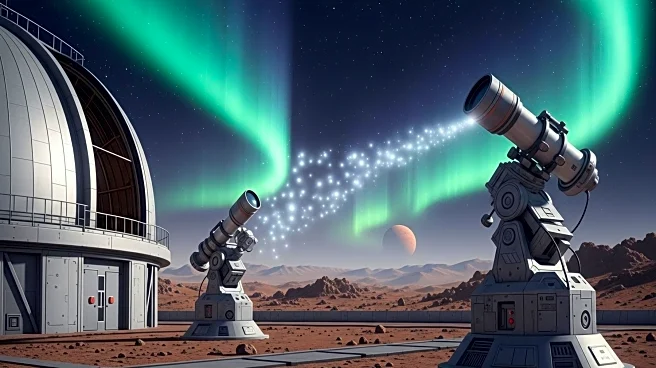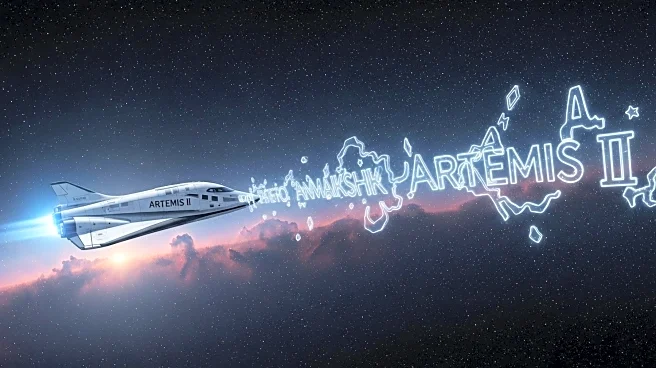What's Happening?
NASA is set to launch the Carruthers Geocorona Observatory to study Earth's exosphere, the outermost layer of the atmosphere. This mission aims to capture images of the faint ultraviolet light emitted by the exosphere, known as the geocorona. The observatory will help forecast space weather conditions that could affect astronauts traveling to the Moon or Mars. The spacecraft will launch from Kennedy Space Center aboard a SpaceX Falcon 9 rocket, alongside other missions, and will travel to Lagrange point 1 (L1) for a two-year science phase starting in March 2026.
Why It's Important?
Understanding the exosphere is crucial for predicting space weather events that can impact satellite operations and astronaut safety. The mission will provide insights into atmospheric escape processes, which are vital for understanding why Earth retains water while other planets do not. This knowledge could aid in identifying exoplanets with similar characteristics, potentially expanding our understanding of habitable worlds beyond our solar system.
What's Next?
After reaching L1, the Carruthers Geocorona Observatory will begin its science phase, capturing continuous images of the exosphere. The data collected will be used to map hydrogen atoms escaping into space, offering new insights into atmospheric dynamics. The mission's findings could influence future space exploration strategies and enhance our ability to protect astronauts from space weather hazards.

